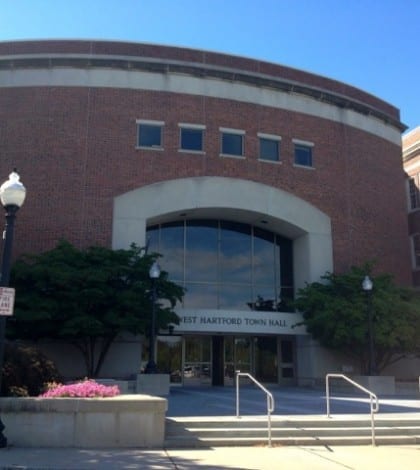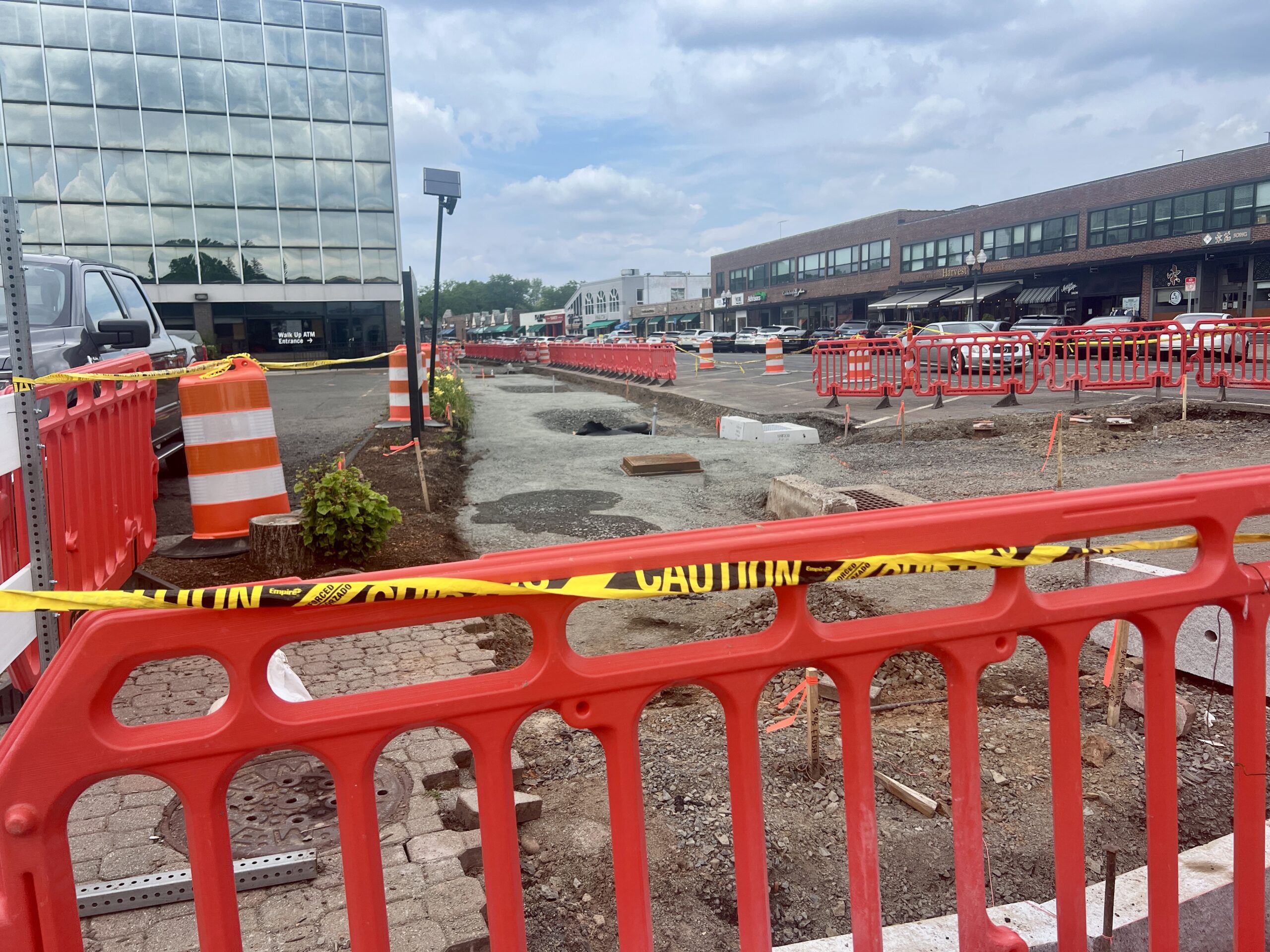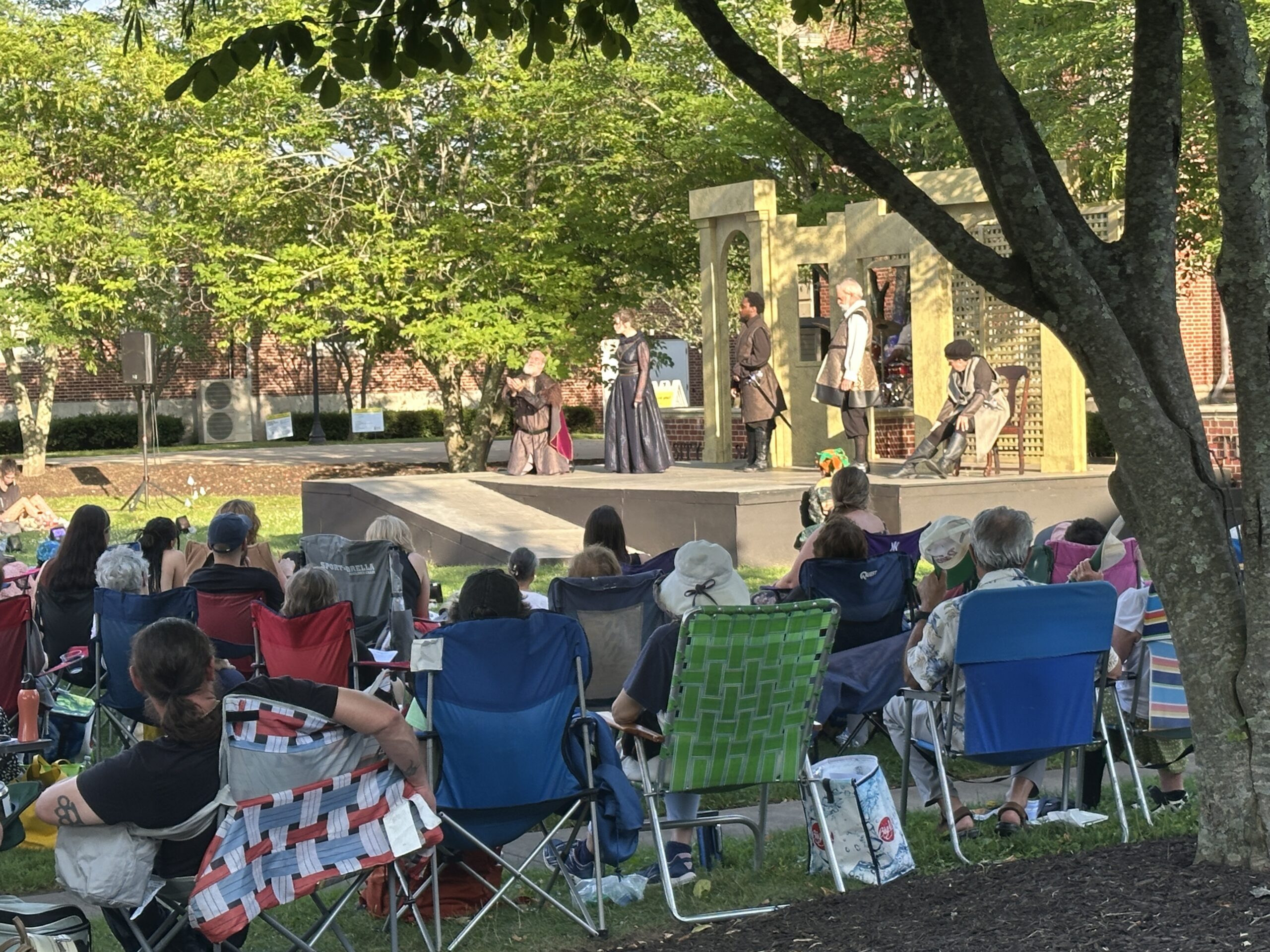West Hartford Superintendent Proposes $4.575 Million Capital Improvement Program

Audio By Carbonatix

Photo credit: Ronni Newton (we-ha.com file photo)
The West Hartford Board of Education will begin its review of the Capital Improvement Plan proposed by Superintendent of Schools Tom Moore on Tuesday night.
By Ronni Newton
The West Hartford Board of Education received a 12-year recommended Capital Improvement Plan (CIP) Tuesday night with a proposed $4,575,000 for 2018-19 for maintenance and construction projects on school buildings. The proposed CIP for 2019-20 is $4.8 million.
The CIP is the funding for the ongoing maintenance of the town’s 16 school buildings, “things people don’t necessarily see,” Superintendent Tom Moore told the Board.
While a 12-year plan is presented, only the next two years are voted on each year by the Board, Assistant Superintendent Andy Morrow explained.
At this time last year, the Board reviewed and adopted a $10.85 million CIP for 2017-18, but included in that number was a $6.4 million appropriation for the Hall High School science labs.
The Town Council ultimately cut the 2017-18 CIP by $400,000, which led to the postponement of a flooring replacement project at King Philip Middle School and reduction of expenditures in the furniture replacement category.
Director of Plant and Facilities Bob Palmer told the Board that projects completed last year included flooring and painting work, playground equipment replacement, roof repair and replacement, paving, and resurfacing and re-striping the running track at Hall.
Similar projects are on the list for next year, Palmer said. Proposed work for 2018-19 includes reconfiguration of the Bugbee office; replacement of visitor bleachers and science hoods at Conard, both of which are necessary for code and accessibility purposes; masonry work at Hall; flooring, roofing, painting, switchgear and allocation of funds to replace the boiler at King Philip; auditorium seating and paving at Norfeldt; masonry repairs at Sedgwick; exterior door replacement at Webster Hill; playground replacement at Whiting Lane; and auditorium lighting at Wolcott.
“Bob has to manage all these in a 10-week period in the summer,” Moore said, so it’s just a plan. “This is what we plan on doing but it’s never 100 percent accurate.”
“An additional category, this was discussed in the last few years when we had excessive heat in September [is] that nine of the 11 elementary schools are not fully air conditioned,” Palmer said. “Braeburn and Wolcott already have fresh air systems so those are halfway there” with modern systems, he said.
“In the [2019-20 CIP] there’s $100,000 allocated to study the issue and to come up with some type of solution,” said Palmer. The projects are complicated and noise standards also need to be considered. Many of the windows are single-frame and would need to be replacement. The study, which would go out for bid, would cover preliminary engineering and exploring of available technologies, he said.
In out years, $4.5 million per year – which represents one elementary school – has been included in the CIP for installation of a fresh air system and air conditioning.
Board member Mark Zydanowicz said he was surprised to see air conditioning listed on the plan because he thought that it was said in the past that it wouldn’t be worth the return on investment due to the age of the buildings.
Morrow said it’s just something that would be studied for the out years.
“This won’t pay for itself,” Moore said of installing air conditioning. “The Board last year wanted to study this.”
In response to a question by Carol Blanks about how the heat is currently addressed, Morrow said that currently each of the schools has a plan for cooling students when it is excessively hot, including using the cooler or air conditioned parts of the schools.
Moore said the decision will come down to the what the Board of Education and the Town Council wants to do, but everyone needs to understand that the cost is for more than just the air conditioning units. It’s also the electrical systems, the windows, and more.
Board Chair Cheryl Greenberg questioned including even the consulting costs. “When we’re trying to shave down the budget it seems crazy to talk about a project that we’re never going to do.”
Moore and Morrow said it was a Board request last year, and is just there now as a place holder to determine more accurately what the considerations and actual costs might be.
“If we’re not going to do this in the next couple of years … then let’s not spend that $100,000,” said Greenberg.
Board member Dave Pauluk said it important to look at some options for a study, and that air conditioning could be important when trying to create the best work environment and attract the best talent.
Pauluk also said he thinks the town should look at what it might cost to add an air conditioning system to schools that already have the upgraded fresh air systems.
Palmer said that while the geothermal system is working well at Charter Oak, it’s not an option for retrofitting other schools because of the piping.
“I think we already have the number to make the decision about whether we want air conditioning or not,” Zydanowicz said, referring to the $4.5 million already estimated. He later added that he did the math and that based on the cost of a system, and assuming a need for air conditioning 11 days out of the year, it would cost $20,454 per day to air condition just one school.
Moore said that this is exactly the type of discussion the Board should be having. He said that there has been a shift in society, that people are more used to living in air conditioning.
Board member Deb Polun suggested gathering data about actual classroom temperatures this spring, to be able to make a recommendation in future years.
Polun suggested studying other ways of keeping the schools cooler, including ceiling fans, curtains, and other measures. Moore said that has already been done, and will continue to be done.
“I don’t think that is a good use of our resources for such a short period of time,” Blanks said of having air conditioning that is really needed just a handful of days each year.
Moore said that the when the Board votes on Feb. 6, it can vote to remove the $100,000 from the CIP, and also choose to remove the $4.5 million for air conditioning from the out years as well.
Anticipating questions about an upgrade that is very visible, Moore said the reason Conard’s turf field was already replaced was due to amount and type of usage. “The Conard turf field was torn, it was ripped,” Moore said.
“We listen to what people are saying, we look at things … it’s really need-based,” Palmer said about determining what goes into the CIP.
The CIP will be adopted by the Board of Education at its meeting on Feb. 6, 2018, and then move to the Town Council for approval as part of the overall budget process.
The complete and detailed CIP can be found on the West Hartford Public Schools website.
Like what you see here? Click here to subscribe to We-Ha’s newsletter so you’ll always be in the know about what’s happening in West Hartford!



